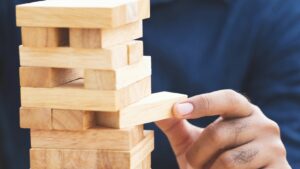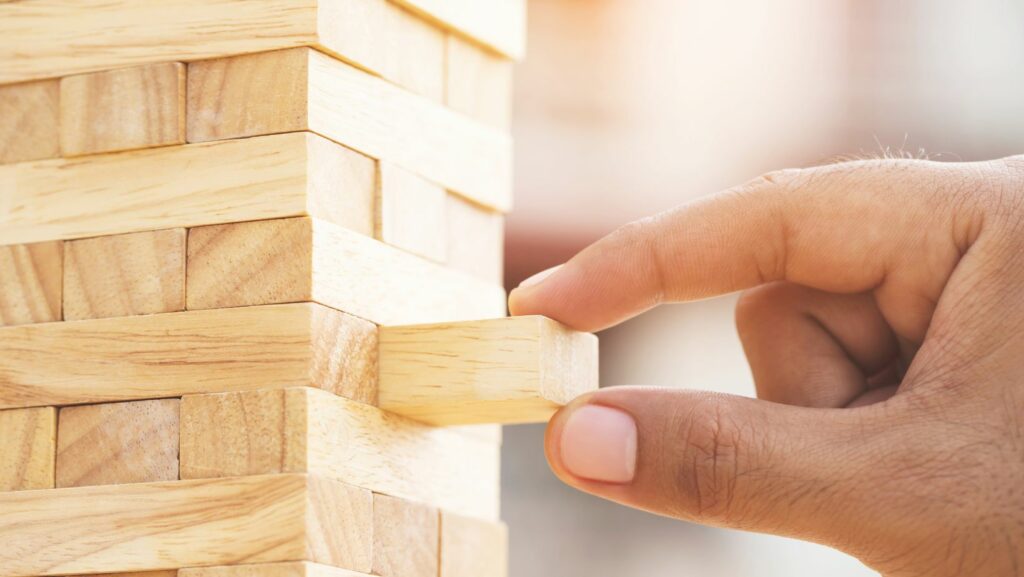What Type of Skill is Building Towers of Blocks or Stacking Blocks?
When it comes to childhood development, one activity that often stands out is building towers of blocks or stacking. This seemingly simple pastime actually plays a crucial role in honing a child’s motor skills, spatial awareness, and creativity. From carefully balancing each block to  strategically placing them one on top of the other, this type of play not only entertains but also educates.
strategically placing them one on top of the other, this type of play not only entertains but also educates.
As children engage in the process of building towers, they are unknowingly enhancing their hand-eye coordination and problem-solving abilities. The satisfaction of seeing a tower rise higher with each well-placed block instills a sense of accomplishment and boosts their self-esteem. Whether it’s a solo endeavor or a collaborative effort with friends, building towers of blocks is a timeless activity that fosters essential skills in a fun and engaging way.
Exploring the Skill of Building Towers with Blocks
Building towers with blocks is a fundamental activity that not only entertains children but also plays a crucial role in their development. Through this engaging task, children hone their motor skills, spatial awareness, and creativity. By delicately stacking blocks on top of one another, kids improve their hand-eye coordination and problem-solving capabilities. This process is not just about stacking; it’s an essential educational tool that boosts self-esteem and instills a sense of accomplishment in children, whether they are building alone or with friends.
Importance of Block Stacking in Early Childhood Development
Enhancing Developmental Milestones:
- Stacking blocks engages children in honing motor skills, fostering spatial awareness, and stimulating creativity.
- It aids in refining hand-eye coordination and nurturing problem-solving abilities, essential for their cognitive growth.
- Block stacking serves as both entertainment and education, promoting self-esteem and a sense of accomplishment.
- Whether done independently or cooperatively with peers, this activity is a valuable tool in the holistic development of children.
Benefits of Block Stacking for Children
Block stacking offers several benefits for children that contribute to their overall development from an early age. Here are some key advantages:
Improved Fine Motor Skills
Engaging in block stacking activities helps children enhance their fine motor skills. By carefully placing and balancing blocks, kids refine their hand-eye coordination and grip strength. This precise manipulation of blocks also aids in developing dexterity in their fingers, crucial for various daily tasks.
Enhanced Problem-Solving Abilities
Through block stacking, children are presented with challenges that require problem-solving skills. Figuring out how to create stable and balanced structures involves critical thinking and spatial reasoning. By experimenting with different block placements, children learn to strategize and overcome obstacles, fostering a resilient problem-solving mindset.
Boosted Creativity and Imagination
Block stacking sparks creativity and imagination in children. As they explore different configurations and designs, kids exercise their creativity by envisioning unique structures. This activity encourages them to think outside the box, innovate, and express themselves artistically through their block creations.
Tips for Encouraging Block Stacking at Home or in the Classroom
Engage children in collaborative block-stacking sessions to foster social interaction and teamwork skills. Encouraging them to work together on building structures can enhance their communication abilities and promote cooperation among peers.
 Provide a variety of block shapes, sizes, and colors to spark creativity and keep children engaged. Diverse blocks can inspire imaginative construction ideas and allow kids to experiment with different combinations, leading to novel and original designs.
Provide a variety of block shapes, sizes, and colors to spark creativity and keep children engaged. Diverse blocks can inspire imaginative construction ideas and allow kids to experiment with different combinations, leading to novel and original designs.
Offer challenges or prompts to stimulate problem-solving skills during block-stacking activities. Presenting tasks that require strategic thinking and planning can encourage children to overcome obstacles and develop their cognitive abilities while having fun with blocks.
Create a dedicated block-stacking area with organized storage to make it accessible and inviting for children. Having a designated space for building blocks can encourage regular engagement with the activity and foster a sense of independence and responsibility in cleaning up after playtime.
Praise children’s efforts and creativity during block-stacking sessions to boost their confidence and motivation. Positive reinforcement can reinforce their interest in block play and encourage them to explore new ideas and designs, fostering a growth mindset and a love for learning through hands-on activities.

